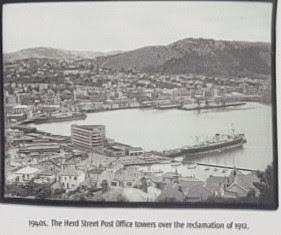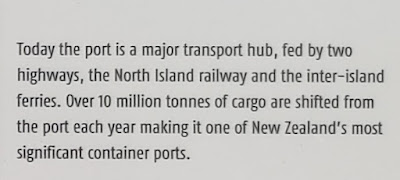Before the days of radio or telephone news of a ship approaching Wellington Harbour was relayed to the city by signals rise on masts. Wellington's first signal station (1845) was on Mt. Albert, above Newtown with distant views of both the harbour entrance and the town. In bad weather communications were difficult, however, after 20 years this was replaced by two new signal stations: Beacon Hill and Mt Victoria.
Beacon Hill signal station, first staffed in 1866, was a primitive affair for a while. The fire was lit as a signal and, in wet weather, the signalman used nothing or than a barrel to shelter in. Before long he had a proper house and a mast for raising the black metal symbols that described what kind of vessel was approaching.
The signalman at Mt Victoria would hoist the same symbols which could be read by the watchman down on the wharves and also by the watchman at Old Government House in Thorndon, where there was another mast, the final link in the chain. |












































No comments:
Post a Comment